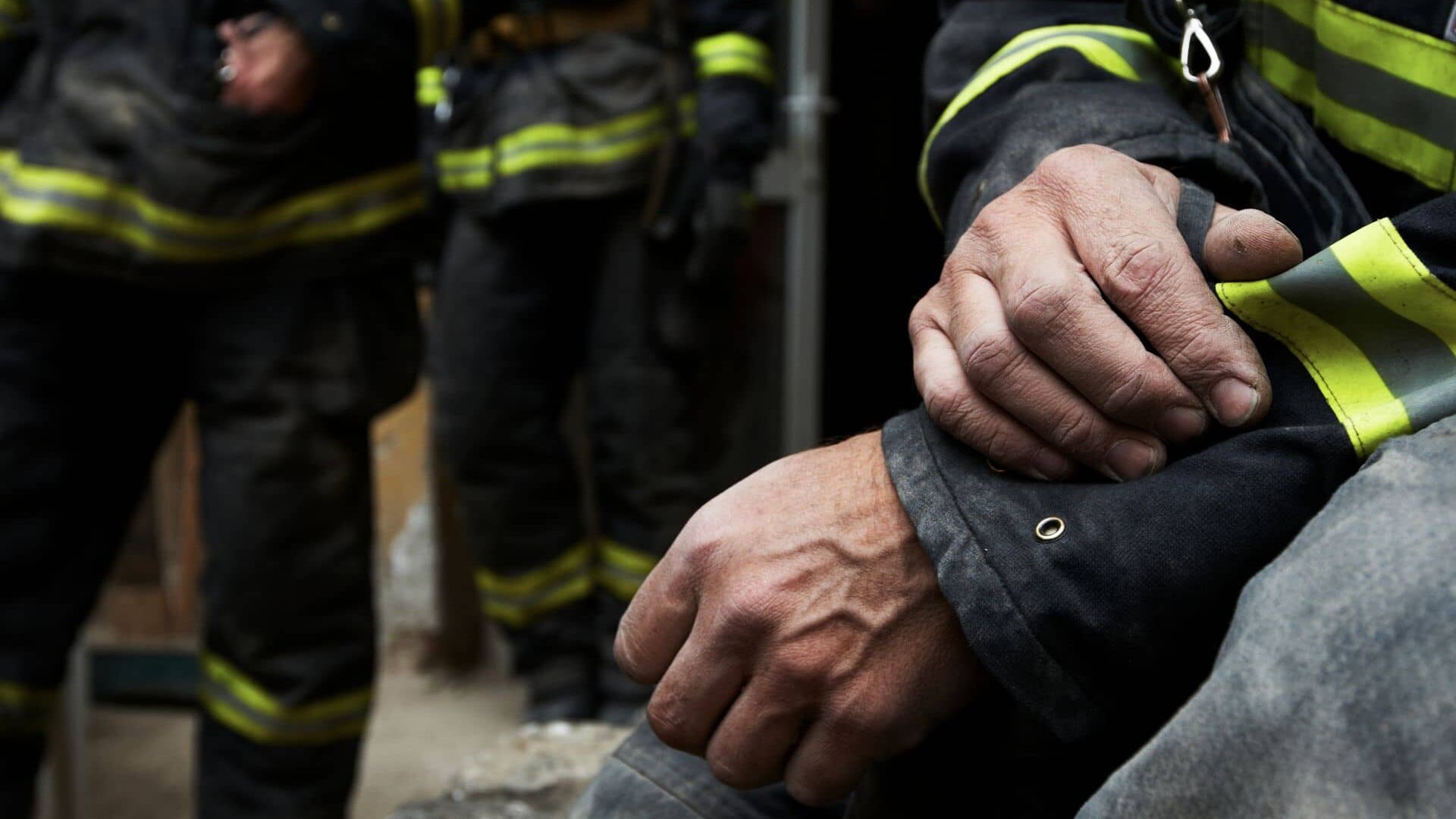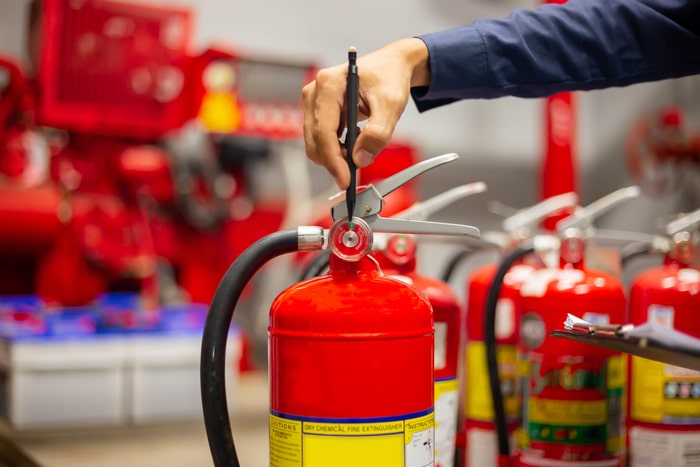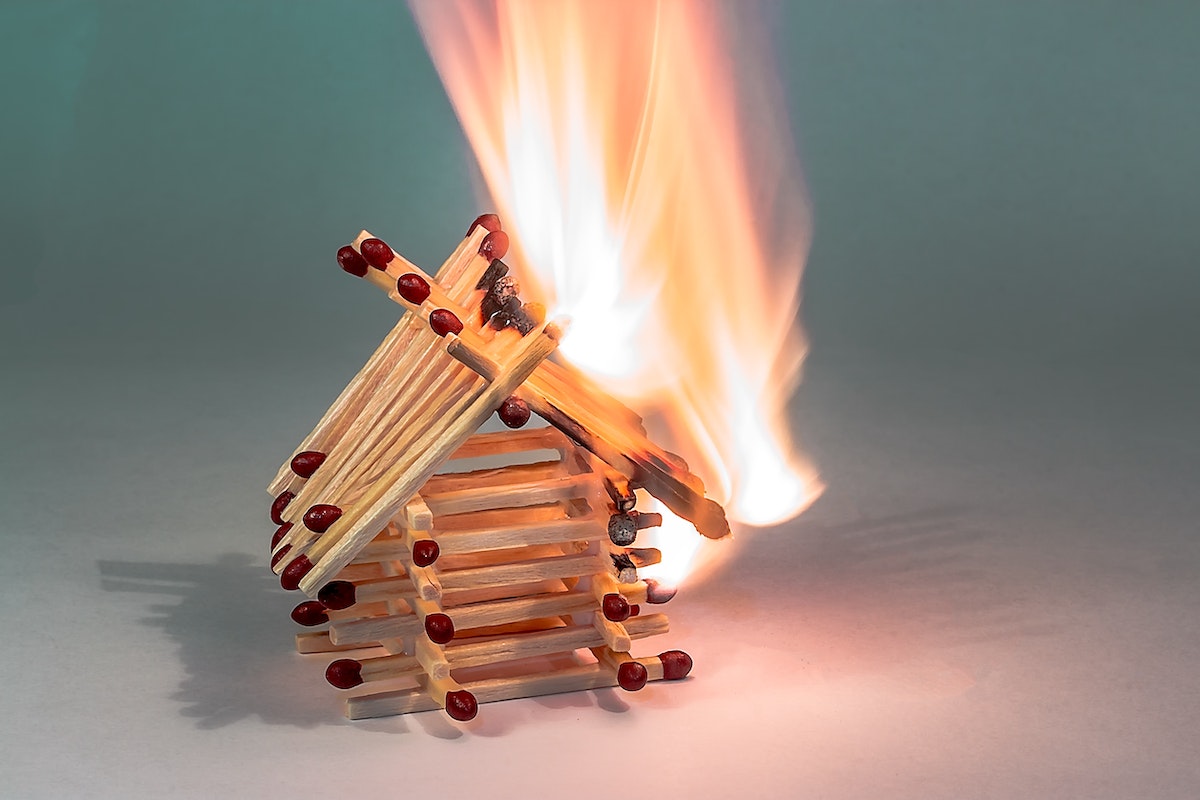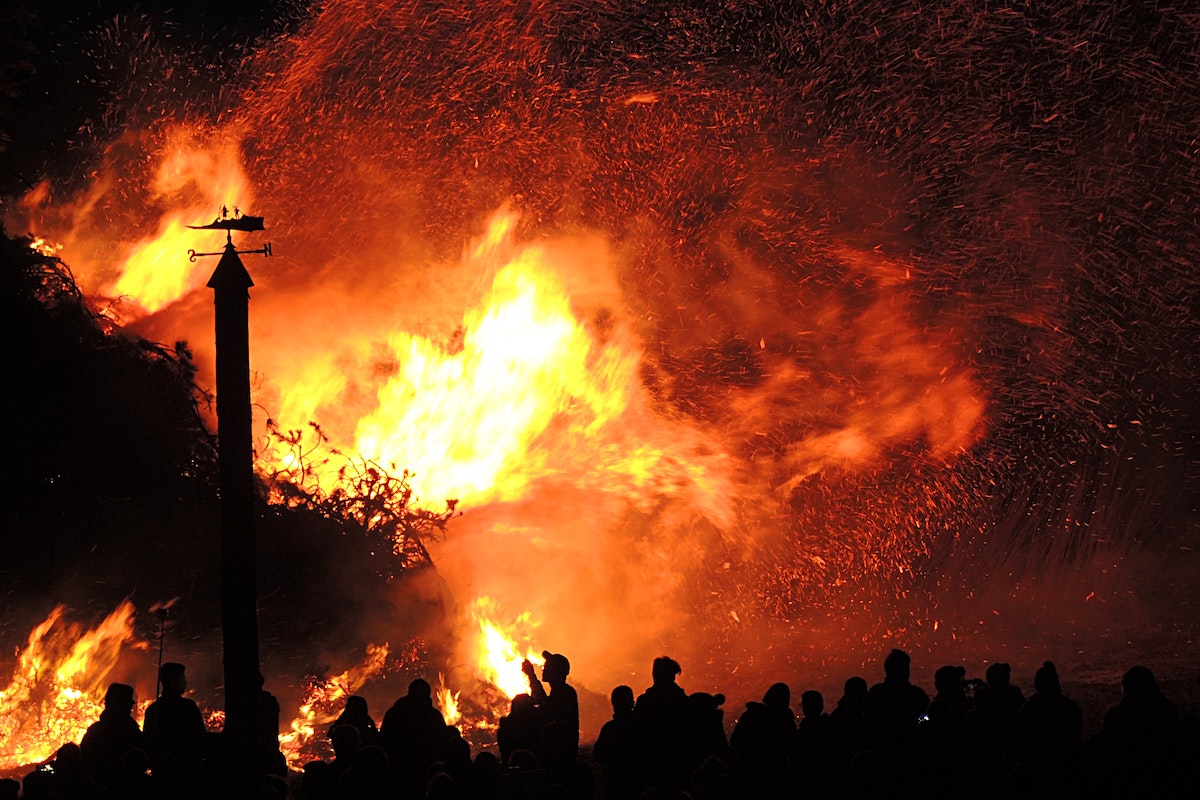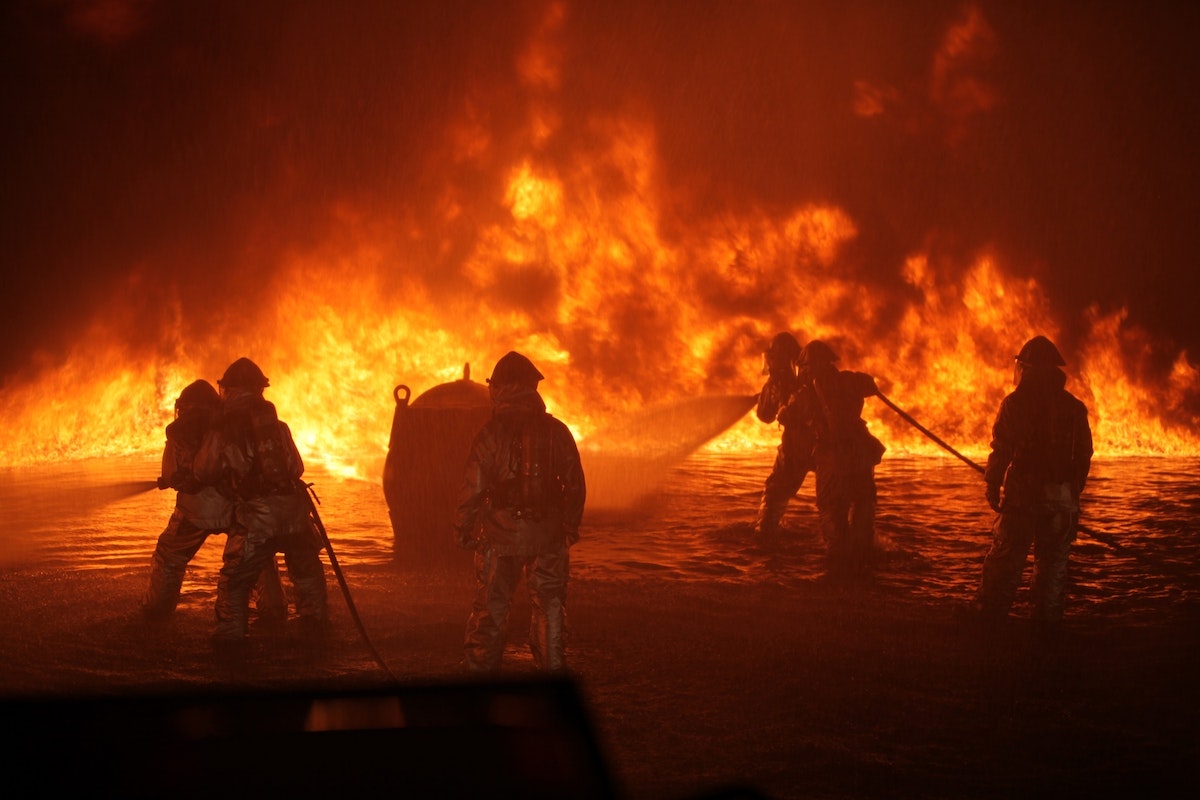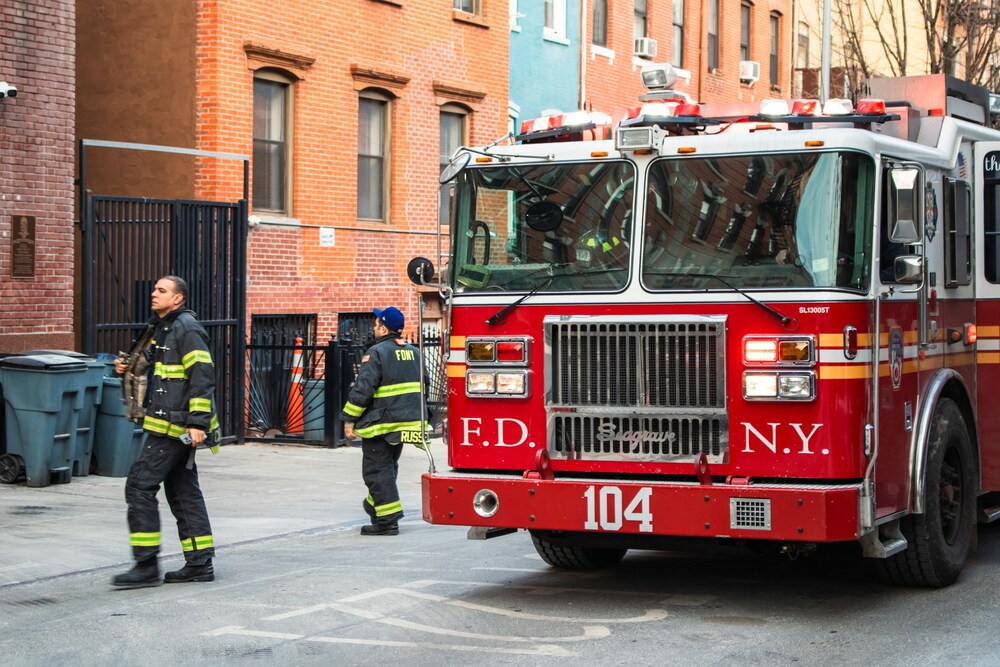Certified Fire Watch
Contents
Certified Fire Watch
When the iconic Sheffield Tower’s sprinkler system failed during peak occupancy, what could have been a front-page disaster became a masterclass in fire watch excellence. Here’s the minute-by-minute story of how proper preparation and rapid response saved lives, property, and reputations.
The Setup: A Perfect Storm of Risks
June 12, 2023. The 58-story Financial District tower faced:
- Construction on 15 floors (new HVAC installation)
- 90% occupancy (post-pandemic return-to-office surge)
- Weekend schedule (skeleton facilities staff)
- Extreme heat (94°F with 70% humidity)
“We’d scheduled the valve replacement for a weekend to minimize disruption,” recalls building manager Lisa Cho. “But we didn’t account for how many people would still be working.”
2:14 PM: The First Alarm
| Time | Event | Guard Action | Outcome |
|---|---|---|---|
| 2:14 PM | Pressure alarm triggers | Guard Rivera verifies main valve failure | FDNY notified within 90 seconds |
| 2:22 PM | Backup pump fails | Thermal scan of electrical room | Overheating transformer discovered |
| 2:35 PM | Construction crew continues welding | Immediate hot work shutdown | Potential ignition source removed |
The Critical Intervention
At 3:07 PM, Guard Rivera’s training kicked in:
- Smell detection: Noticed ozone odor near server room
- Thermal imaging revealed 142°F circuit panel (safe max: 120°F)
- Emergency isolation of electrical feed
- Evacuation coordination for floors 20-25
The FDNY report later confirmed: Without this intervention, the panel would have ignited within 8 minutes. “That guard didn’t just follow protocol,” said Battalion Chief. “He thought like a firefighter.”
The Aftermath: By the Numbers
| Metric | Potential Impact | Actual Outcome |
|---|---|---|
| Lives at Risk | 1,100+ occupants | 0 injuries |
| Financial Exposure | $15M+ in damages | $3,200 (equipment repair) |
| Business Interruption | 2-4 week closure | 6 hours (overnight repairs) |
| Insurance Impact | 40% premium hike | 5% discount for documentation |
What Made the Difference
Post-incident analysis revealed three key factors:
- Pre-Outage Planning: 87-point hazard assessment identified server room risks
- Guard Training: Quarterly live-fire drills included electrical fire scenarios
- Technology: AI-assisted thermal imaging flagged anomalies human eyes might miss
Lessons for Every Building
The Sheffield near-disaster taught us:
- Assume nothing: Weekend work doesn’t mean lower risk
- Monitor everything: Secondary systems (like backup pumps) need scrutiny too
- Document relentlessly: Their 214-page incident report defeated a tenant lawsuit
This wasn’t luck. It was the result of investing in proper fire watch before the emergency struck.
Could your building survive this test? Get our free resilience assessment. Our Manhattan teams bring this level of protection to buildings from Battery Park to Harlem.
The Ripple Effects
Twelve months later, the Sheffield Tower saw unexpected benefits:
- Lease premiums: 12% higher than comparable buildings
- Staff retention: 89% of tenants renewed (vs. 65% average)
- Regulatory goodwill: Fast-tracked permit approvals
True protection isn’t just about avoiding disasters. It’s about creating confidence that pays dividends long after the all-clear sounds.
